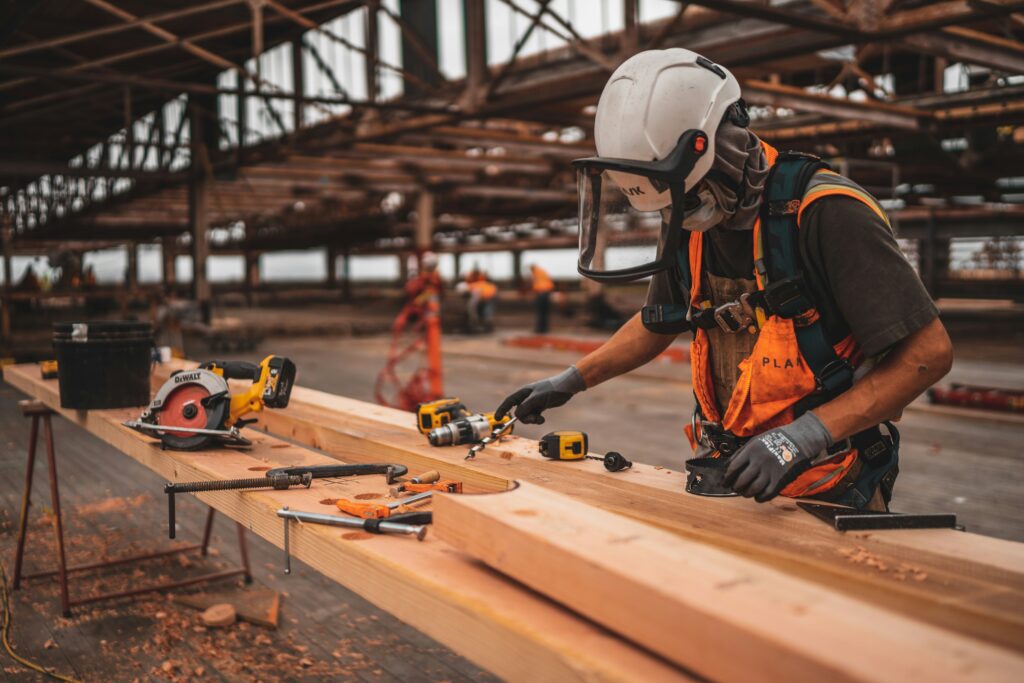If your year has gone like mine, it has not been easy. The manufacturing economy is not exactly humming, team members are paying more for everyday goods, and still, everyone is working hard to make things better.
Nowhere are my expectations higher than around safety. While the goal of business is to provide a product or service that adds value to others, leaders have to ensure that people stay safe in doing so. To that end, I want to share a few thoughts on two kinds of safety in this post.
Physical Safety
Physical safety should be blatantly obvious. No one should ever be physically (or emotionally, for that matter) hurt at work. Training helps in both regards.
I was caught off guard late in the first quarter when a new team member said, “I have never been trained more than at this company.” Please understand that I think that says more about their previous company than ours, but we have emphasized training over the last few years. In other words, we want our people to be safe, and the best way we know how to do this is for them to be prepared.
A month or so later, one of our work areas had a health emergency. The team members in that area did exactly what they were trained to do. As of this writing, all ended well, and the team member who experienced the emergency is very thankful.
The hero in the situation above (and they wouldn’t describe themselves as a hero) said, “I was prepared.”
Dear Lord, help me lead in a way that our people are ALWAYS prepared.
Psychological Safety
At the start of the second quarter, I started reading Amy Edmondson’s book The Fearless Organization. Her book explains the need for psychological safety, which she defines on page 17 as “safety (that) pertains to expectations about immediate interpersonal consequences.”
In short, this kind of safety allows people to speak up in an organization. The book details why people fail to — and you should buy Edmonson’s book to read them all! What stood out was the need to create a culture that listens to everyone. This takes more than reminding people to speak up! She writes on page 82 that “…expectations about speaking up must become institutionalized and systemized for people to speak up.”
How do we institutionalize this, I wondered? The best answer I came up with was to go to the people, set up small meetings — a mini town hall in a sense — and listen to what they had to say. As co-CEOs, my sisters jumped on that train as well!
To date, we have done this with a few groups and learned a lot. While this is only the tip of the iceberg — another area we’ve been emphasizing has been in team meetings with our executive team and the willingness to weigh ALL ideas — we are committed to seeing it through. We want to be a company that keeps people physically and emotionally safe and allows them to voice their insights loudly.
I also need the Lord’s help for this.
Dear Lord, help me be the kind of leader who not only hears people but listens to them. Give me the wisdom to change when necessary and the humility to act. Overall, help me keep people safe!

